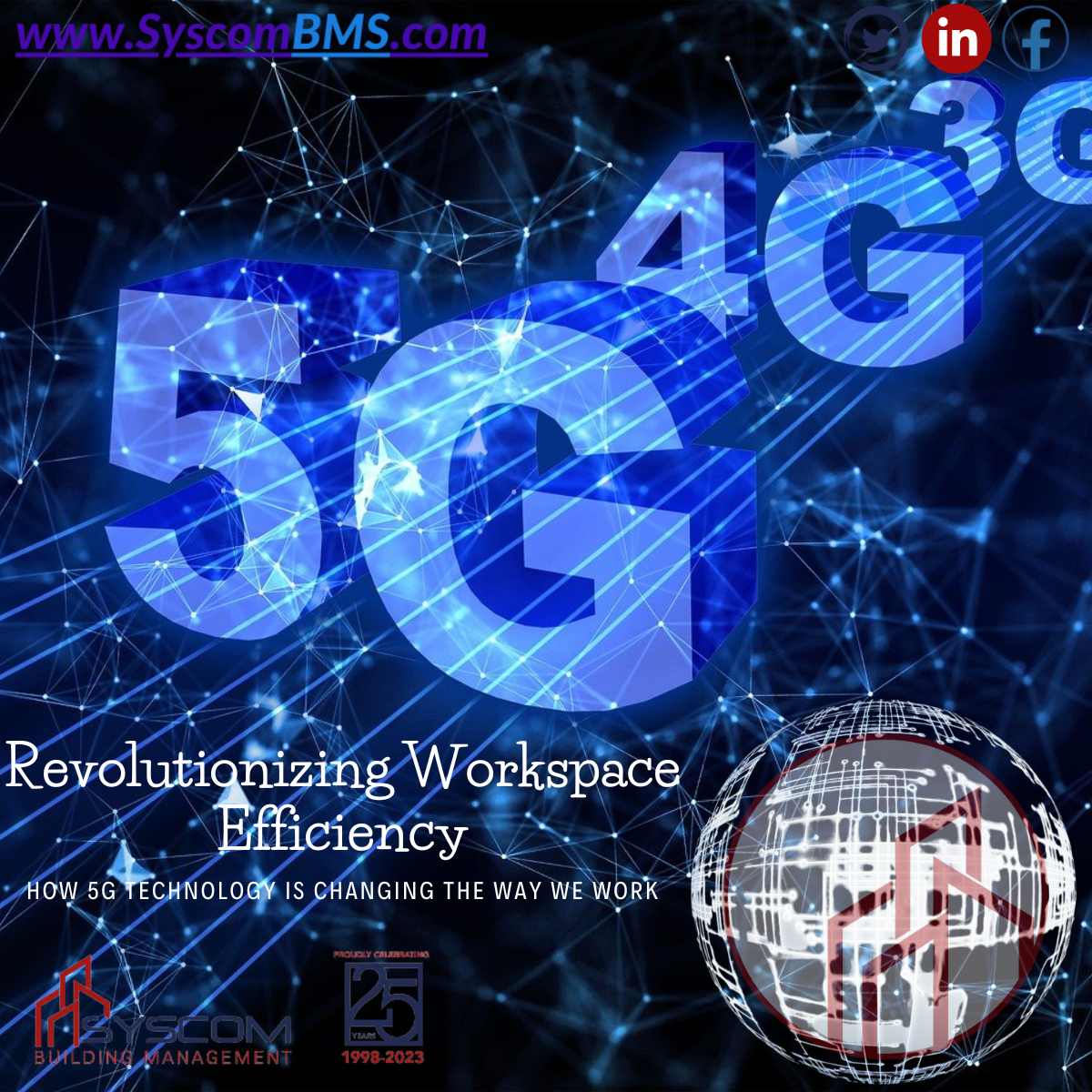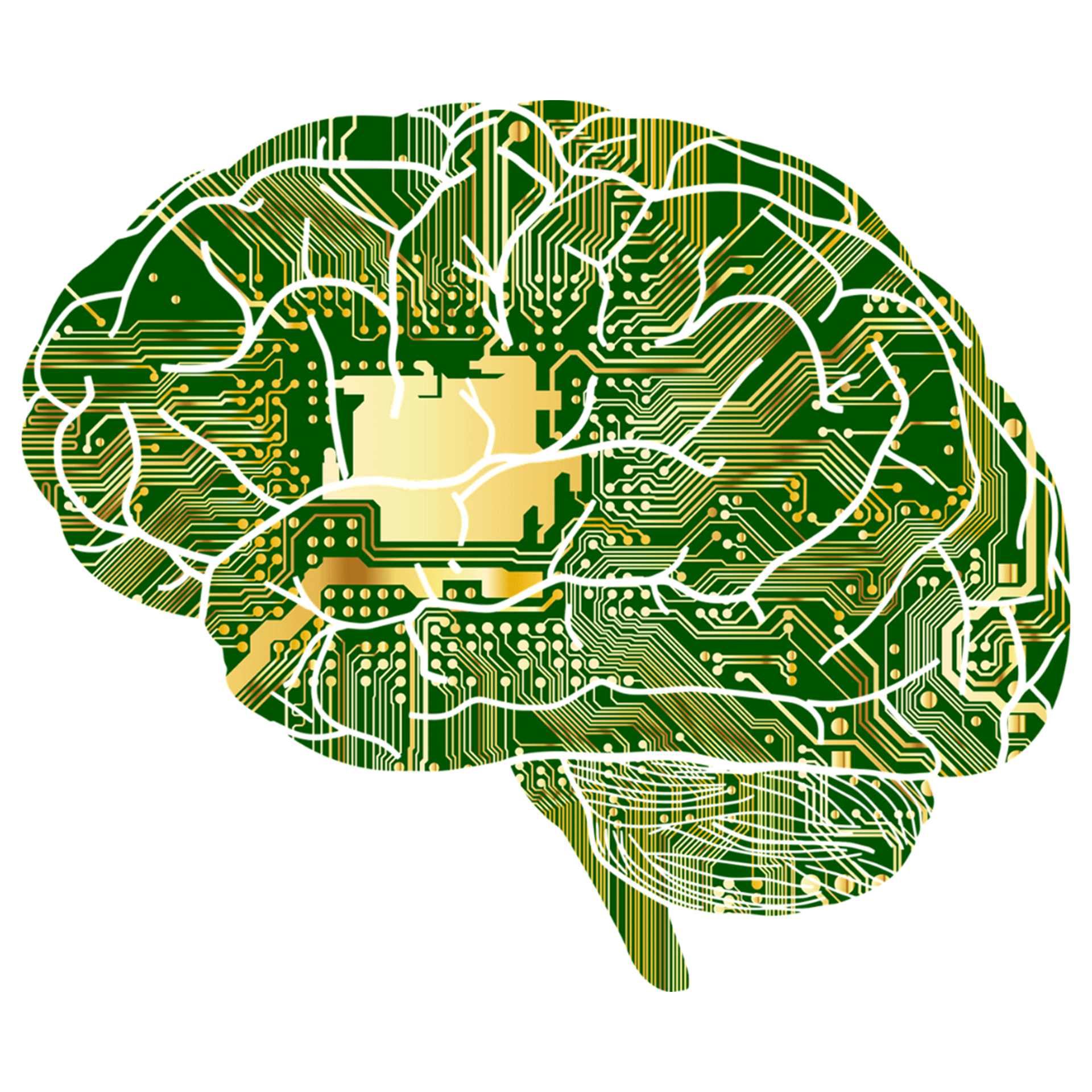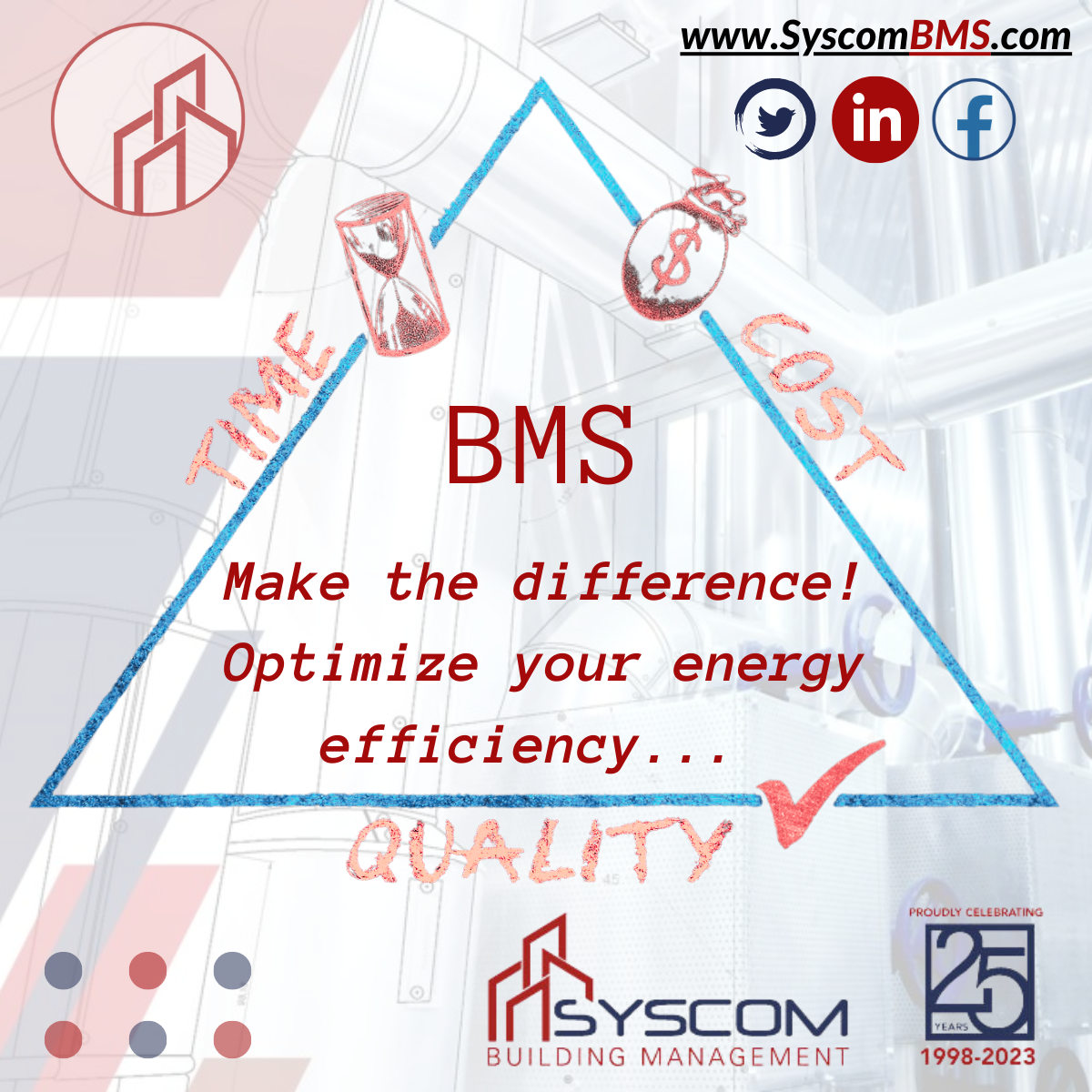
Revolutionizing Workspace Efficiency: How 5G Technology is Changing the Way We Work
The world of work is constantly evolving, and technology is a crucial driver of this change. With the introduction of 5G networks, the potential for the perfect future workspace is becoming a reality. 5G promises to deliver faster download and upload speeds, lower latency, and the ability to connect a vast number of devices simultaneously. This opens up a world of possibilities for businesses, as they can now access and process data in real-time, from anywhere in the world. Imagine a workspace where you can collaborate seamlessly with colleagues on the other side of the globe, or access data from remote locations without any lag time. In this blog post, we’ll explore the potential of 5G to create the perfect future workspace where all data is accessible, everywhere, and all at once.
1. Introduction to 5G Technology
5G technology represents a significant advancement in mobile wireless communications, enabling faster data speeds, lower latency, and higher network capacity. These capabilities are set to drive the development and deployment of a wide range of smart technologies and devices, creating a more connected and automated world. Additionally, the 5G network is expected to become the backbone of IoT. The deployment of 5G IoT solutions can assist in bringing a variety of application areas to life. From smart homes to self-driving cars, this advanced technology will drive the creation of smart cities and intelligent buildings. 5G technology will enable the building of an entirely new ecosystem of connected devices that have the potential to improve our daily lives and change the way we interact with each other and our surroundings.

Similarly, 5G IoT offers improved trustworthiness compared to the previous communication generations. With its increased speed and capacity, 5G will spur innovation across a wide range of industries from virtual and augmented reality, to autonomous vehicles and smart cities while also providing an extra layer of security in our increasingly connected world.
2. Benefits of 5G for Workspace Efficiency
Building a fully-connected workplace involves leveraging technologies to drive efficiency and produce results that translate into tangible benefits. As such, 5G IoT is becoming increasingly important as it has the capability to support more IoT devices and drive greater connectivity in the workplace. This technology opens up a host of possibilities for businesses, including reducing downtime and maintenance costs, improving worker safety, and enhancing overall productivity. By leveraging 5G technology and its ability to support IoT devices, management can gain real-time data insights and make informed decisions based on this data. The end result is a more efficient and streamlined workplace that maximizes productivity while minimizing costs and maintenance requirements.
With the increased bandwidth and lower latency of 5G, building IoT devices and networks will become more reliable and efficient, thus revolutionizing the way industries conduct their operations. The promise of 5G has created a buzz in the business world, especially in manufacturing, healthcare, and transportation where IoT plays a crucial role. Building IoT devices with 5G connectivity will enable faster communication between devices, leading to faster decision-making and reduced downtime. It will also allow for better tracking of goods and services, predictive maintenance, and remote monitoring. With the advantages that 5G IoT brings, companies can automate many tasks, allowing them to achieve more with less effort. As 5G IoT technology continues to evolve, we can expect to see more advances that will transform the way we live and work.

Meanwhile, the introduction of 5G into the IOT environment has dramatically changed how augmented and virtual reality are used in the workspace. With its faster speeds and lower latency, employees are able to collaborate more easily by utilizing these technologies to enhance their workflow processes. 5G’s ability to bring augmented and virtual reality more seamlessly into collaborative workspaces has enabled a new wave of creativity among employees, allowing them to take advantage of training opportunities in exciting new ways.
3. Analyzing the Impact of 5G on IoT
With 5G’s increased speed and bandwidth, IoT devices will be able to transmit data at a faster rate, improving overall efficiency and productivity for businesses utilizing IoT technology. The integration of 5G and IoT is expected to bring significant changes in the way industries function. With a higher bandwidth and lower latency rate, 5G will enable IoT devices to operate more efficiently, providing real-time access to data. This integration will also bring about the optimisation of processes, resulting in cost savings for businesses. With the advent of 5G technology, innovation in IoT will also surge, creating new opportunities for businesses to grow and expand their operations. The combination of 5G and IoT will create an efficient and optimised system in the business landscape.
Also, 5G will allow IoT devices to be designed in auto-responses which is beneficial for everyday tasks. With the real-time data integrated into these devices, it can reduce the amount of manual labour required and optimize decision making in several areas of work such as healthcare, transportation and industrial manufacturing. 5G technology opens up more efficient capabilities for those who rely heavily on IoT devices.
4. The Challenges of Implementing 5G in the Workplace
The need for infrastructure upgrade is one of the major challenges that organizations face while implementing 5G in the workplace. The higher frequencies and bandwidth require an extensive infrastructure upgrade to support the new technology. This upgrade may involve replacing older networking equipment and installing new hardware that supports the 5G technology. This process can be quite expensive and time-consuming for organizations. However, the benefits of implementing 5G IOT in the workplace outweigh the initial costs. With 5G IOT, organizations can achieve faster and more reliable data transfer rates, which will enhance productivity and streamline business operations.

Again, the increased attack surface of 5G networks means that organizations must be aware of potential risks and take the necessary precautions to protect themselves and their data. Investing in robust security measures and being proactive about protecting devices from cyber attacks is key to successful navigation of a 5G IoT network. As this technology continues to progress, organizations should stay abreast of the latest security protocols and update their processes as needed.
5. How Companies Can Leverage 5G for Maximum Efficiency
With 5G’s ability to handle massive amounts of data at faster speeds, companies can leverage this technology to improve real-time analytics, which in turn can help make better and faster decisions. In addition to analytics, 5G’s high-speed connectivity and low latency allow for better control of IoT devices. This means that devices like sensors and cameras can gather and transmit data quickly and accurately. With this level of control, companies can make better decisions about their operations, including implementing predictive maintenance on equipment or optimizing supply chain logistics. The control capabilities of 5G IoT can also lead to improved safety and security measures, with real-time monitoring and alerts for potential incidents. Overall, 5G’s advancements in data handling and device control will be key in unlocking the full potential of IoT for businesses.
Thus, companies who rely on building management systems (BMS) that operate through the use of IoT devices can experience greater success when they switch to 5G. This is because 5G offers reduced latency, increased bandwidth, and improved network capacity compared to its predecessor networks. As such, taking advantage of these features in order to enhance productivity and efficiency is essential for businesses hoping to maximize their potential.

6. Looking Ahead: Preparing for a Future with 5G
The adoption of IoT devices is gaining momentum and has transformed industries worldwide. With the increase in bandwidth and speed brought by 5G networks, the deployment of IoT solutions is about to get a significant boost. Syscom, a leading 5G IoT solutions provider, recognizes the potential that this technology holds for the industry. Syscom’s cutting-edge technology empowers enterprise organizations to seize IoT’s full potential by providing seamless connectivity that enables real-time data transmission and minimizes response time. Furthermore, Syscom’s solutions enable system integrators to implement IoT use cases more effortlessly, robustly, and cost-effectively. As more businesses adopt IoT, Syscom’s role in ensuring secure and reliable connectivity becomes increasingly essential.
All in all, the low latency of 5G will offer great potential for the Internet of Things (IoT). This is because it provides real-time communication between devices, enabling a rapid response to data with greater automation capabilities. All this can help create a better IoT experience and unlock new opportunities that were previously unimaginable.
7. Securing the Networks of Tomorrow: Cybersecurity Challenges of 5G Technologies
As 5G networks continue to roll out, cybersecurity challenges are becoming increasingly complex due to the numerous connected devices and vast amounts of data they generate. The rise of 5G IoT devices is presenting a plethora of opportunities for businesses to capture and analyze more data than ever before. However, this opportunity also comes with unique security vulnerabilities. This is where syscom steps in. They offer comprehensive solutions that ensure the security of IoT devices and networks. With syscom, businesses can rest assured that their sensitive data is protected and their connected devices are secure from cyber threats. As 5G adoption becomes more widespread, businesses must prioritize cybersecurity to safeguard their operations and maintain customer trust.
Next, it is important to note that due to the exponential increase of IoT devices connected to 5G networks, the potential attack surface grows exponentially for cyber attackers attempting to exploit those nodes. As such, continued vigilance is necessary in order to ensure the safety and security of data and networks utilizing 5G technology. Although these attacks can be prevented through using rigorous authentication protocols such as multi-factor authentication (MFA), network segmentation and encryption solutions like VPNs, it is essential for enterprises utilizing these technologies to make cybersecurity a priority in order prevent any data breaches or outages.

8. 5G Technology within building management systems
The development of 5G technology has brought about numerous advancements in the world of the Internet of Things (IoT). With its faster and more reliable connectivity, 5G enables real-time monitoring and control of various systems, including HVAC, lighting, and security systems. Building management systems can benefit greatly from this, as these systems require constant monitoring and control to maintain optimal performance levels. With 5G, building managers can receive real-time updates and alerts on their systems and remotely adjust settings as needed, maximizing efficiency and reducing operational costs. As more and more buildings become smart, the need for reliable and fast connectivity provided by 5G IoT becomes increasingly apparent.
Furthermore, the increased speed of 5G IoT networks will allow building managers to control a greater number of devices from a single interface. This can be incredibly beneficial for optimizing efficiency and reducing costs. With the enhanced connectivity brought about by 5G, building managers can easily incorporate more IoT sensors into their systems, such as occupancy sensors, energy monitors and surveillance cameras. These connected devices can increase visibility and provide better control over operations, making it easier for buildings to become more cost-effective.




